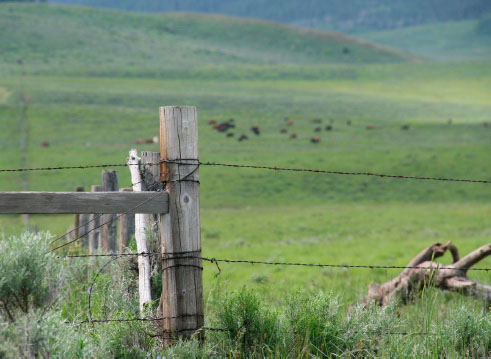From the Editor (winter 2014)

By Indy Burke
“I’m weary and tired. I’ve done my day’s riding. Nighttime is rolling my way. The sky’s on fire and the light’s slowly fading. Peaceful and still ends the day. And out on the trail the night birds are calling, singing their wild melody. Down in the canyon the cottonwood whispers a song of Wyoming for me.”
– Chris LeDoux













